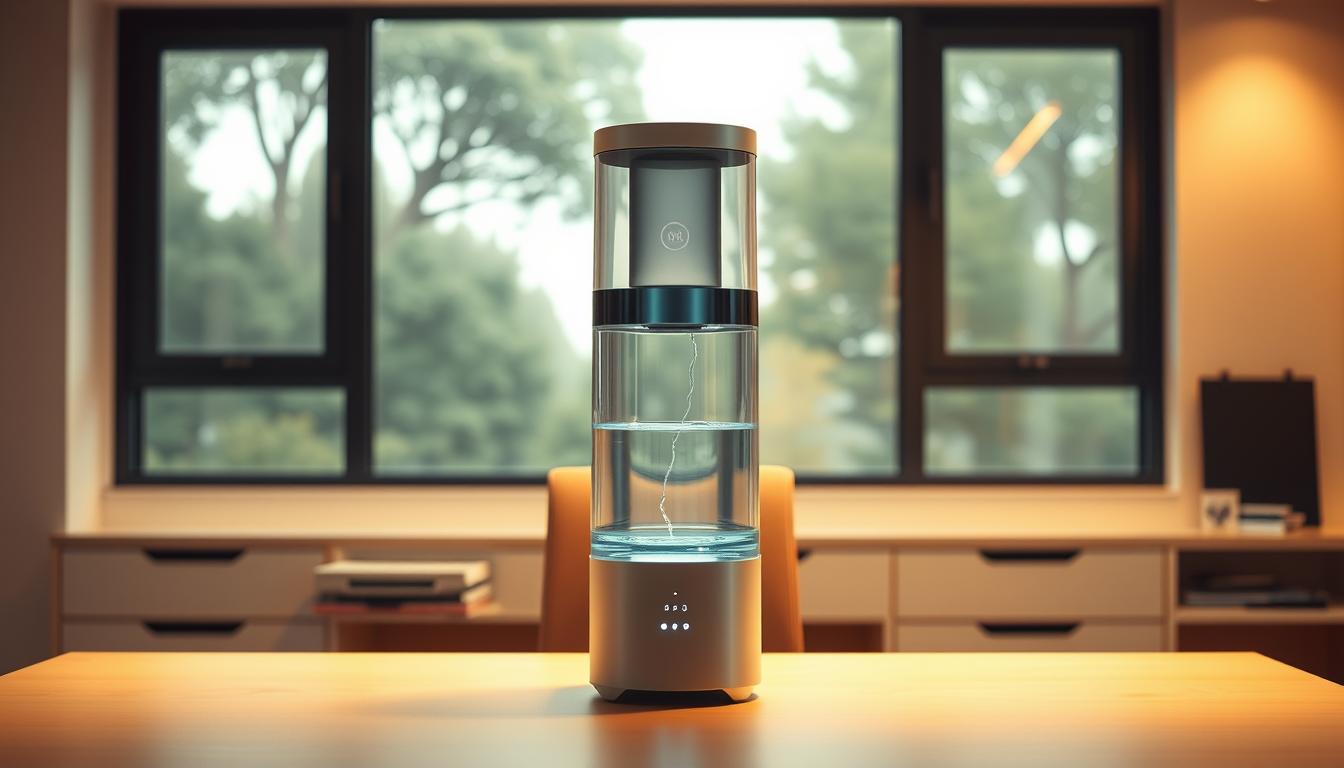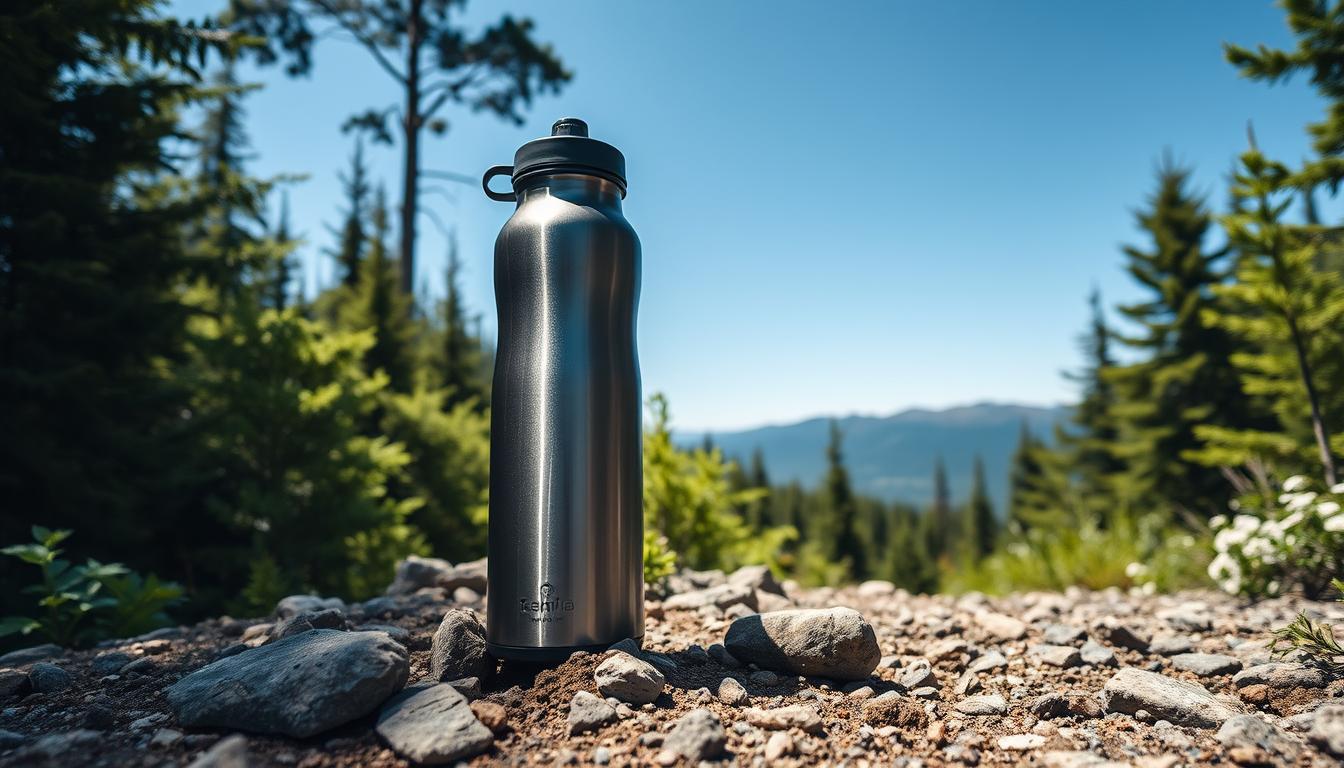What if you accidentally put dry ice into the sink?
There are many things that could happen if you put dry ice into the kitchen sink.
This article explains how to remove dry ice safely.
What Happens If You Just Leave Dry Ice After Putting It Down The Sink?
If you put dry ice into the sink, you could end up with a very bad situation. The dry ice will freeze everything around it, including the pipes and plumbing. This could lead to a major problem if you leave the dry ice in the sink for long periods of time. If you notice that the water in the sink is frozen solid, you should immediately call a plumber. Dry ice is used in many applications where it is needed to cool something quickly. It is usually placed in a plastic bag and then sealed tightly. Once the bag is open, the dry ice sublimes turns directly from solid to gas and will begin to melt the surrounding air. As the air heats up, it expands and pushes against the walls of the container. Because the dry ice is still cold, it does not change phase until it reaches -109 degrees Fahrenheit. At this point, it turns back into a solid state and becomes extremely dense. This sudden increase in density causes the liquid to expand outward and push against the sides of the container. This creates a vacuum effect that sucks the liquid into the center of the container. In addition, the expansion of the liquid causes the container to become brittle and crack. This cracking allows the liquid to flow freely.
What To Do If You’ve Accidentally Put Dry Ice In The Toilet?
If you accidentally put dry ice down the toilet, you should try to flush it away as soon as possible. However, if you see any signs of damage to the toilet, such as cracks or holes in the porcelain, you should contact a professional plumber right away. If you wait until later, you could risk having a serious problem with the toilet. Dry ice is used in many industries, especially in refrigeration and freezing. It is usually used for cooling items quickly because it sublimates turns directly into gas at -78 degrees Fahrenheit. This process is called "freezing" and it is very useful for keeping food cold. Dry ice is also used to freeze liquids and gases. For instance, it is used to cool oxygen tanks during surgery. Dry ice is not toxic but it does emit carbon dioxide when it melts. Carbon dioxide is poisonous and can cause problems for people who breathe it in. If you accidentally put dryice down the toilet, you can flush it away immediately. However, if you notice any signs of damage to your toilet, such as cracks in the porcelain or holes, you should call a plumber immediately. If you wait until after the damage occurs, you could risk having serious plumbing issues.
What Happens If You Leave Dry Ice In The Toilet
Dry ice is extremely dangerous because it expands rapidly when exposed to air. This expansion can crack the walls of the toilet bowl, causing leaks and flooding. It can also melt plastic pipes, causing sewage backups. If you leave dry ice in the toilet, you should immediately flush it away. If you notice any signs of damage to your toilet, such as cracks in the porcelain or melted plastic pipes, you should call a plumber immediately. Dry Ice is not only used for cooling but also for freezing items. It is very useful for keeping food cold until served. It is also used to freeze liquids and gases. It is usually stored in blocks and is available in different sizes. Dry ice is a solid form of carbon dioxide CO2. It is colorless and odorless. It is highly flammable and toxic if inhaled or ingested. It is also harmful to skin and eyes. Dry ice is used in many industries, such as food service, pharmaceuticals, chemical processing, and scientific research. It is also used in medical procedures to cool patients during surgery.
Will dry ice hurt pipes?
Dry ice is used in many industries such as food processing, pharmaceuticals, and chemical manufacturing. It is also used in scientific research because it does not react with other chemicals and is extremely cold. However, if left in contact with moisture, it will sublimate into carbon dioxide gas. This gas will fill the air around the dry ice and cause suffocation. To prevent this from happening, you should put the dry ice in a plastic bag and place it in the freezer until it completely solidifies. After that, you can throw away the dry ice in the trash bin.
What happens when you throw dry ice into water?
Dry ice is used in many applications where a very cold environment is needed. It is used in refrigeration, cryogenics, and other areas where extreme cold is required. Dry ice is usually stored in a block form and is placed into a vessel such as a bucket or pan. Once the dry ice is placed in the vessel, it is allowed to melt slowly until it reaches the desired temperature. This process takes about 30 minutes. Dry ice is extremely dangerous if not handled properly. It is highly flammable and can explode if exposed to air. If dry ice comes in contact with any type of metal, it can react violently and cause severe burns. Dry ice can also freeze pipes and cause flooding. In order to avoid these problems, proper safety precautions must be taken when using dry ice.
What happens when you put dry ice in a water bottle?
Dry ice is used in many industries such as pharmaceuticals, chemical manufacturing, and food processing. It is used to cool products during shipping and storage. Dry ice is extremely cold and can freeze objects instantly if dropped into liquid. To safely dispose of dry ice, place it in a sealed plastic bag and drop it into a trash bin. Do not crush the dry ice because it could explode.
What happens to the dry ice after it is placed in the bottle of warm water?
Dry ice is used in many applications such as refrigeration, cryogenic freezing, and even as a propellant for aerosol sprays. It is also used as a coolant in some types of welding equipment. In these cases, the dry ice is usually put into a container called a Dewar flask. A Dewar flask is a vacuum-insulated vessel that keeps the contents cold or frozen until needed. Once the contents are removed from the Dewar flask, the dry ice sublimes turns directly back into gas and escapes into the atmosphere.
[su_youtube_advanced url = "https://www.youtube.com/watch?v=aCu5hN-08WM" controls = "no" rel = "no" fs = "no" modestbranding = "yes"]
What is the fastest way to dispose of dry ice?
Dry ice is a solid form of carbon dioxide CO2. It is used in many different ways, but mainly because it sublimates quickly into gas. This process is called "sublimation" and it occurs when the dry ice changes directly from a solid to a gas. Dry ice is usually sold in blocks and comes in various sizes. It is commonly used in science experiments to cool objects rapidly. In addition, dry ice is sometimes used to freeze beverages such as beer and soda pop. Dry ice is not very dangerous if handled properly, but it does pose a risk of explosion if it gets wet.
Will dry ice damage a sink?
Dry ice is frozen carbon dioxide gas. It is used in many different ways such as freezing drinks, making ice cream, and even creating fog. When dry ice is put into water, it turns into a solid form called dry ice snow. This is because the dry ice changes from a gas to a solid state. Dry ice snow melts very slowly, but if you touch it, it will burn your skin.
How do you dispose of dry ice in a sink?
Dry ice is used in many industries such as pharmaceuticals, food processing, and scientific research. It is used to freeze items quickly and safely. It is not harmful to humans but if exposed to moisture it could damage piping systems.











